The best apples you've never heard of: From Winter Banana to Pommerscher Krummstiel
Charles Quest-Ritson takes us beyond the Granny Smith to explore other varieties of this quintessentially English fruit.

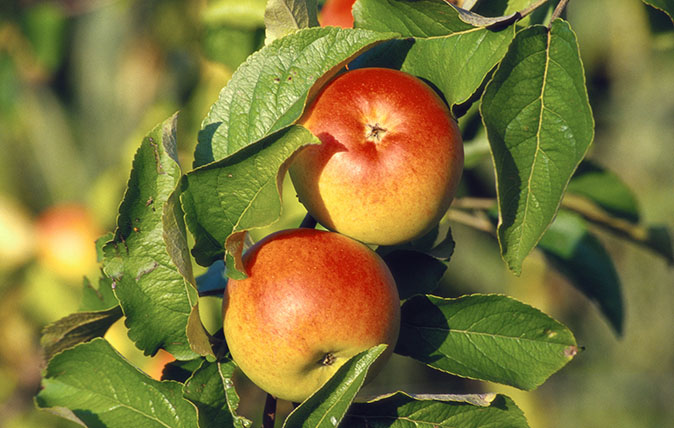
I am very fond of apples. They’re the quintessential English fruit and have, for centuries, played an important part in determining what we eat, how we cook and what we drink. Many of the older cultivars were selected and propagated for their ability to bear fruit that could be stored through autumn, winter and into spring. Before the days of refrigeration, the apple was the only fruit that could be saved and made available throughout the year.
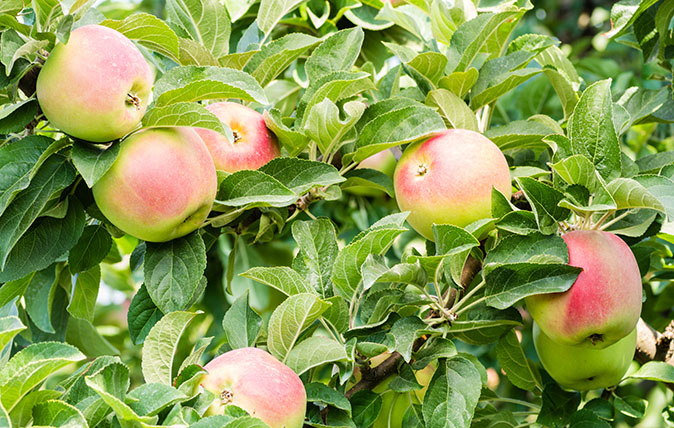
Winter Banana lives up to its name – it really does have a taste of banana – but Easter Orange doesn’t taste of oranges, although it does last until April. Hambledon Deux Ans is said to be good for two years (meaning right through until the following year’s harvest), but I’ve never put it to the test. I did once taste the Breton apple Reinette d’Armorique in July, by which time it had lost much of its flavour, although the flesh was still firm and juicy.
It was by growing and storing such long-keeping cultivars that our ancestors kept scurvy at bay. One hundred years ago, apples began to arrive in refrigerated ships from the Southern Hemisphere; that’s how we first discovered Granny Smith, a tough, chewy Australian variety that’s difficult to grow well in our cool, maritime climate.
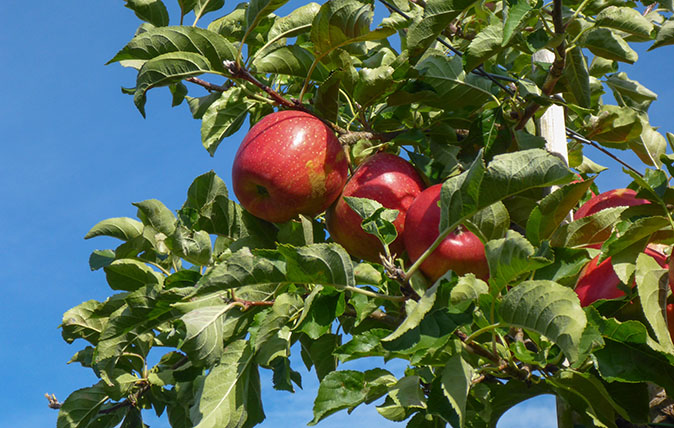
The modern preference is for apples that are sweet, crisp and juicy. If you think about some of the varieties most commonly seen in supermarkets – Royal Gala, Pink Lady, Jazz – you’ll realise that they’re all modern introductions. They’re also heavy and regular croppers, which the traditional favourites that you and I grow are not.
Small crops and alternate-year cropping are the norm for ‘home gardeners’, but so is an immense choice of cultivars. In Europe alone, nurseries sell more than 1,000 different apples.
'I’m a great fan of the violet-scented Pommerscher Krummstiel from Germany.'
It’s a pity that we’re so insular in our selection of apples to grow. France and Germany both offer a phenomenal choice of traditional apples that should be better known in England. I’m a great fan of pineapple-flavoured Carmignole Musquée and early-fruiting Calville Rouge d’Automne from France and of richly aromatic Freiherr von Berlepsch and violet-scented Pommerscher Krummstiel from Germany. Not all those varieties are listed in the Plant Finder, but all of them flourish at the wonderful National Collection of 2,300 different apples at Brogdale in Kent – compulsory visiting for fruit-lovers.
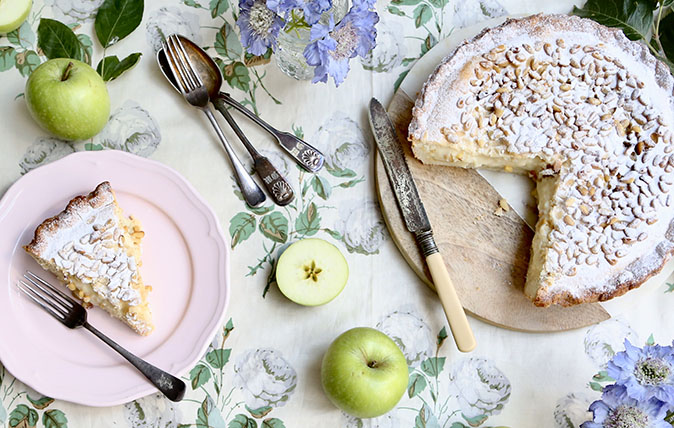
Cooking apples are a uniquely British development. Large, coarse and sour they may be, but we love them – although, actually, I should say that some of us love them, because I don’t see the point of them myself.
Exquisite houses, the beauty of Nature, and how to get the most from your life, straight to your inbox.
In The Book of Apples (an indispensable compendium), the apple expert Dr Joan Morgan purrs over cookers and commends the best because they ‘cook to a lovely froth’, which seems to me to sum up all that’s wrong with the English tradition of plain cooking.
Besides, every Frenchman knows that the best apple tarts are made from dessert apples such as Golden Delicious and the best for baking is Bénédictin.
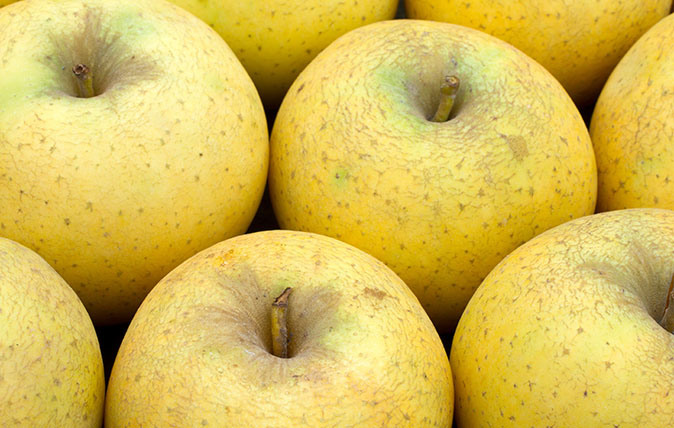
Apple trees were brought to us by the Romans, but many of the better old varieties came from France from about 1500 onwards. It’s a pity that there is so little apple breeding in Britain today – it continues in government-funded bodies such as INRA (the French national institute for agricultural research) at Angers, which introduced the excellent cultivars Chantecler and Ariane.
We could do with a national apple society in Britain. There are a few regional societies (the Marcher Apple Network is excellent), but none with a pan-British remit. The RHS Fruit Group promotes fruit of every kind – its occasional gooseberry tastings are not to be missed – but isn’t devoted to apples in the way that Les Croqueurs de Pommes in France and the Pomologen-Verein in Germany are.
These national societies are backed up by local groups – every département in France has one, plus orchard collect-ions of local cultivars, many of which are no longer available commercially. Their apple shows are a feast for the intellect, the eye and, usually, the palate.
'Exhibitors travel across all Europe for a feast of learning, talking and tasting.'
This year offers an unusual opportunity for apple-lovers, when the annual Europom Show comes to Troyes, at the edge of the Champagne region, on October 27 and 28. Europom has been running for 20 years (last year’s show was in Moravia) and volunteers from Brogdale and the RHS are enthusiastic participants, but very few come from its target audience in England: the amateur grower. Exhibitors travel across all Europe for a feast of learning, talking and tasting.
There can be no more enjoyable way to spend a weekend at this time of the year.

Credit: Melanie Johnson
Recipe: Italian apple tart, perfect for the weekend
Melanie Johnson delights us with this zesty Florentine torte.
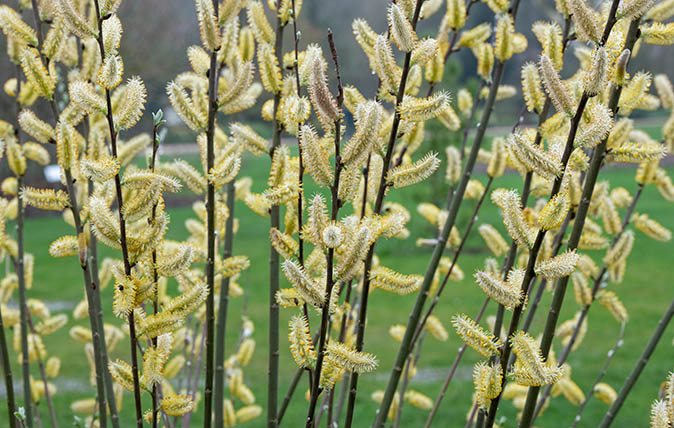
What to plant if you're thinking of putting a willow in your garden
Charles Quest-Ritson offers advice on this incredibly vibrant plant.
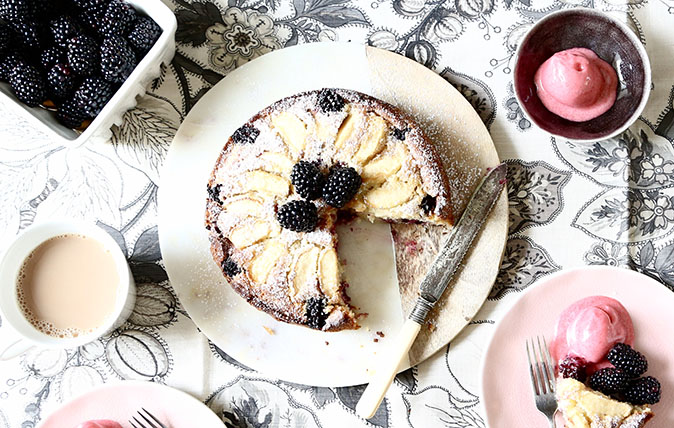
Recipe: Blackberry-and-apple tea cake with blackberry sorbet
A surprisingly simple tea cake recipe, served with a refreshing blackberry sorbet. Perfect for an afternoon treat.
When will your fruit be ready to pick? A complete A-to-Z guide to fruit in the gardens of Britain
From apples to strawberries, here's when the fruits in your garden will be ready to pick.
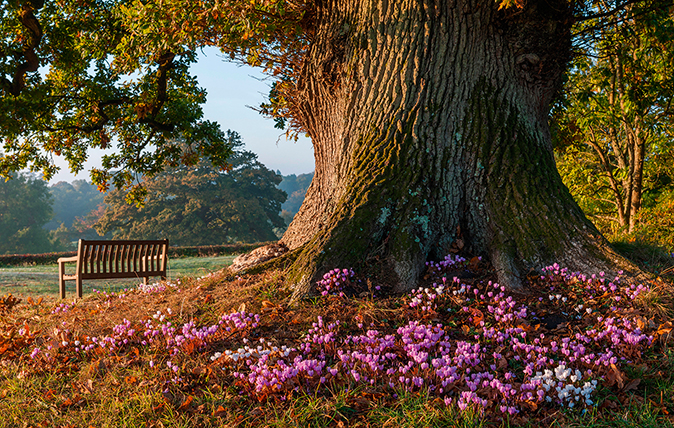
Alan Titchmarsh: Cyclamen, October colour and Nature's most extraordinary colour clash
Our columnist Alan Titchmarsh reflects on the ups and downs of Autumn gardening, where this rag bag of a season
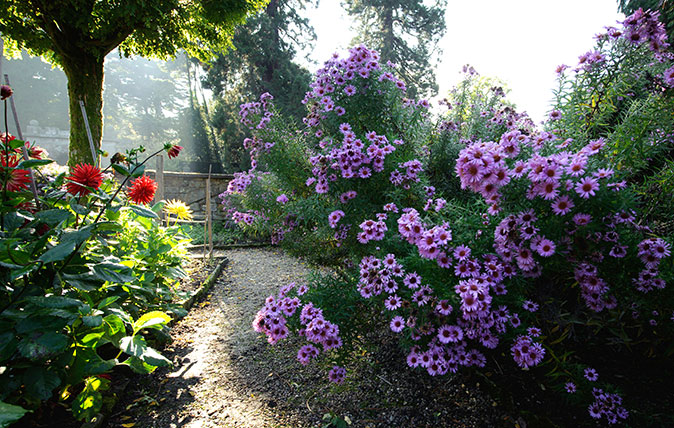
Credit: Alamy
Alan Titchmarsh: How to make your garden a riot of colour in the depths of September and October
At this time of year, most of our gardens have long since said goodbye to their most vibrant colours – but
Country Life is unlike any other magazine: the only glossy weekly on the newsstand and the only magazine that has been guest-edited by His Majesty The King not once, but twice. It is a celebration of modern rural life and all its diverse joys and pleasures — that was first published in Queen Victoria's Diamond Jubilee year. Our eclectic mixture of witty and informative content — from the most up-to-date property news and commentary and a coveted glimpse inside some of the UK's best houses and gardens, to gardening, the arts and interior design, written by experts in their field — still cannot be found in print or online, anywhere else.
